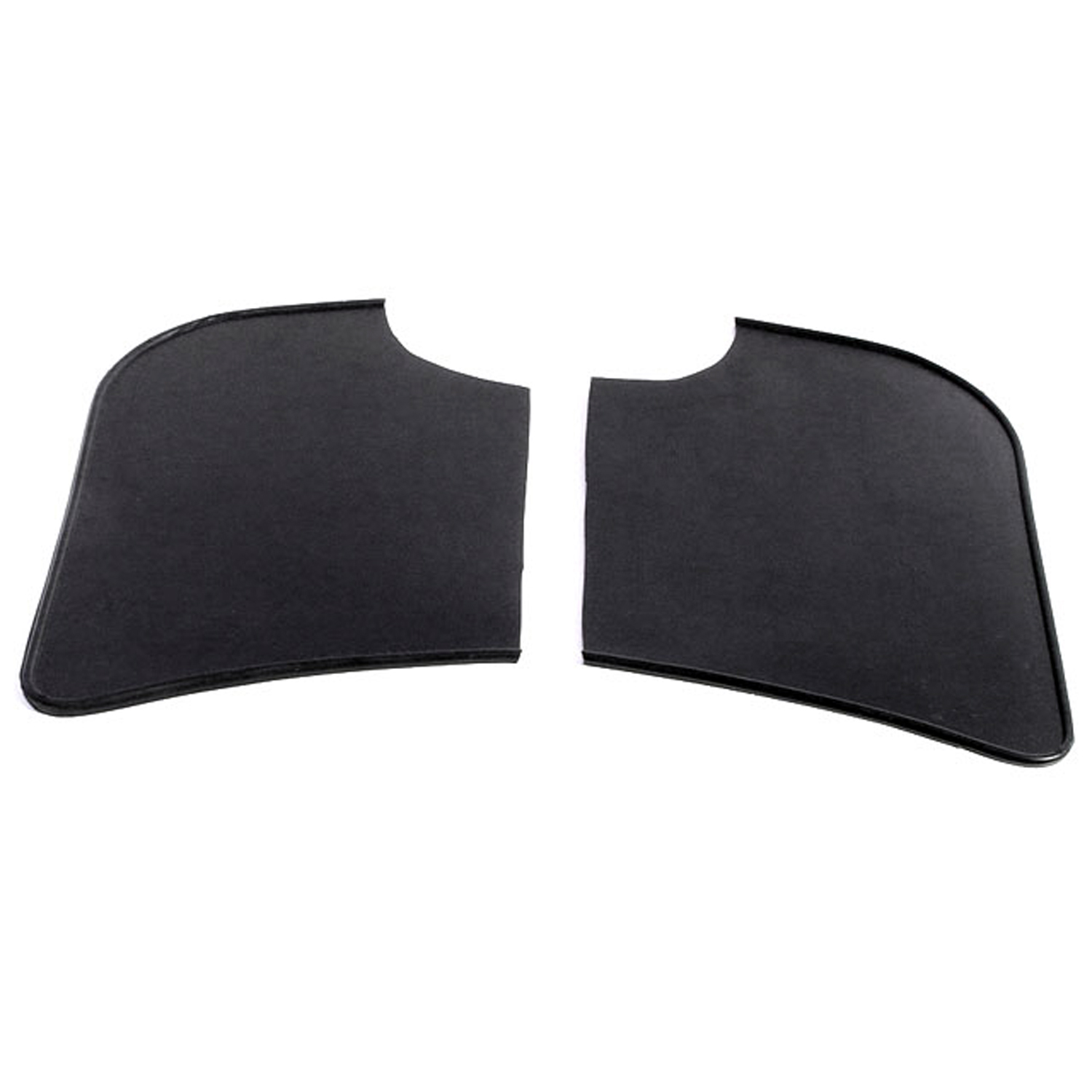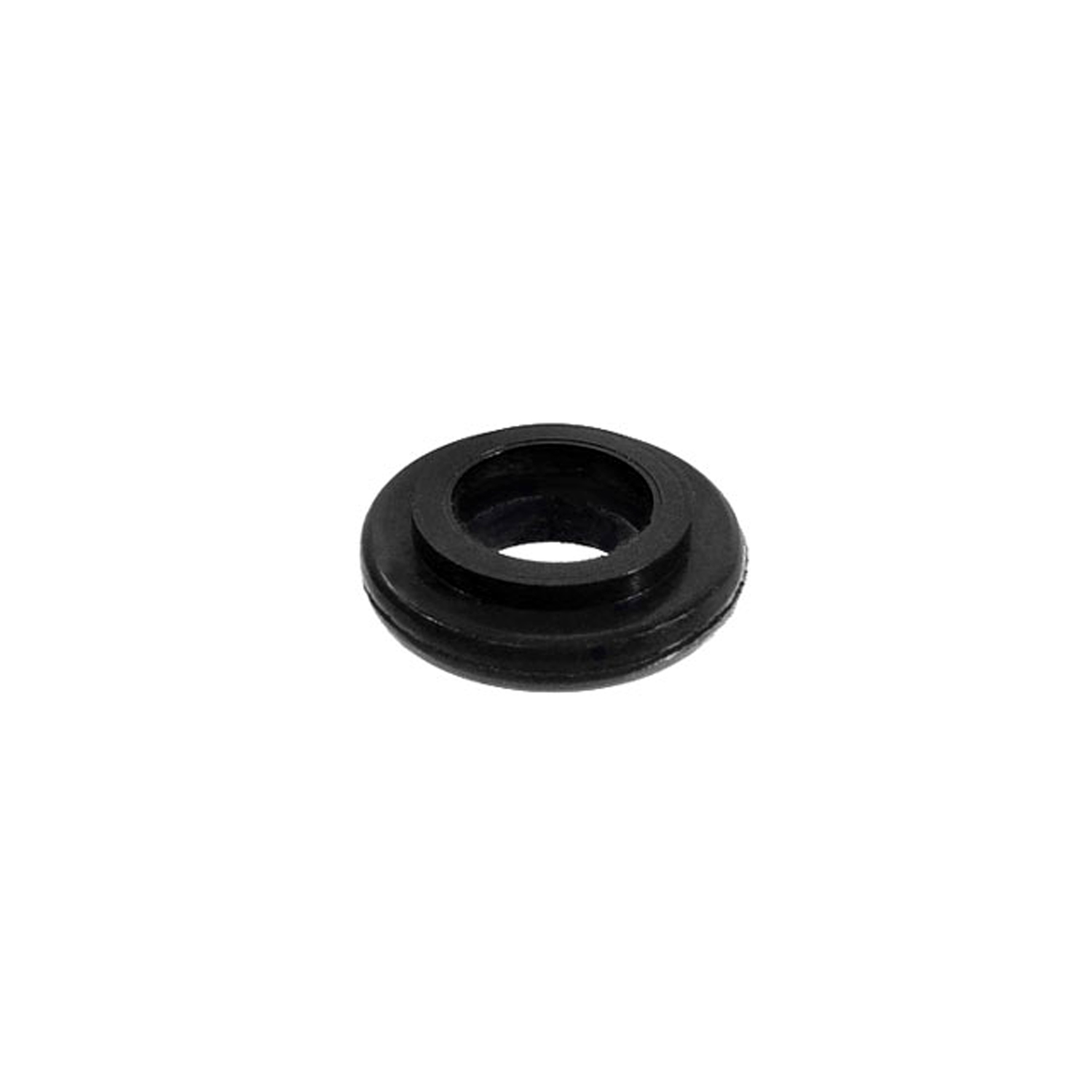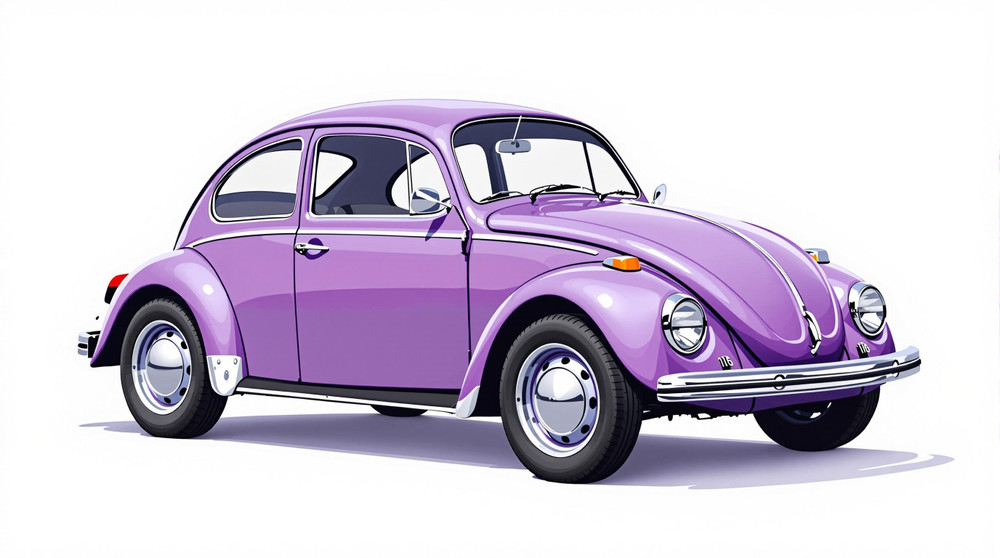Image of 1970 Volkswagen Beetle, Note: These illustrations use artistic license and may differ from actual historical models.
Performance Metrics
Fundamental Metrics
Emotional Appeal
MMP Rating
| Engine Specifications | |
|---|---|
| Engine: | Air-cooled, rear-mounted, flat four |
| Displacement: | 1.6L (1584cc) |
| Horsepower: | 57 hp |
| Torque: | 81 lb-ft |
| Compression Ratio: | 7.5:1 |
| Ignition System: | Distributor ignition |
| Cooling System: | Air-cooled |
| Performance Specifications | |
| 0-60 Time: | 20 seconds |
| 1/4 Mile Time: | 21 seconds |
| Top Speed: | 81 mph |
| Transmission and Drive | |
| Drive Type: | Rear-wheel drive |
| Transmission Type: | 4-speed manual |
| Fuel and Efficiency | |
| Fuel System Type: | Carburetor |
| MPG: | 25-28 mpg |
| Dimensions and Brakes | |
| Brakes: | Front disc, rear drum |
| Wheelbase: | 94.5 inches |
| Weight: | 1,984 lbs |
Note: Specifications for classic cars are given to the best of our ability, considering the limited and variant data available.
1970 Volkswagen Beetle: The Icon of Simplicity and Reliability
The 1970 Volkswagen Beetle is a testament to the enduring appeal of simplicity in automotive design. Born from the vision of Ferdinand Porsche and the demands of pre-war Germany, the Beetle—or the Type 1—was a vehicle that would come to symbolize both the post-war economic resurgence and a counterculture lifestyle. Its unique shape, often affectionately referred to as the "Bug," became one of the most recognizable car silhouettes in the world. A notable moment in its history was when production numbers surpassed those of the Ford Model T, making it the most-produced single model in automotive history at that time.
Design and Innovation
The exterior styling of the 1970 Beetle is iconic, with its rounded fenders, distinctive running boards, and split rear window having evolved into a slightly larger rear window by this time. Inside, occupants were greeted with a no-frills but charming interior, where quality materials were chosen for durability over luxury. The dashboard was simple and functional, with an emphasis on ease of use. Technologically, it boasted an air-cooled rear engine layout that was innovative for its time, contributing to its reputation for reliability. Color options ranged from vibrant hues to more subdued tones, with choices like Clementine Orange and Diamond Blue being popular among enthusiasts. The most iconic body style remained the two-door sedan, though convertible versions also held a special place in people's hearts.
Historical Significance
The 1970 Beetle's impact on automotive design is undeniable. It challenged the status quo with its air-cooled engine and rear-wheel drive when most manufacturers were moving towards front-engine, front-wheel-drive layouts. Its simplicity meant it was accessible to a broad audience worldwide and became a symbol of mobility for many emerging economies.
Performance and Handling
Performance-wise, the 1970 Beetle wasn't about high-speed thrills; it was about dependability and efficiency. With a top speed around 80 mph and modest acceleration figures (0-60 mph times could be measured in leisurely double-digit seconds), it wasn't going to win any drag races. However, handling was nimble due to its lightweight construction and independent suspension system. The driving experience was characterized by the unmistakable hum of its air-cooled engine—a sound that still brings nostalgia to many enthusiasts today.
Ownership Experience
The Beetle was often used as a daily driver due to its reliability and low running costs. It also found popularity as a show car and even in racing circles where its light weight made it competitive in certain classes. Maintenance was straightforward thanks to its simple mechanical layout, making repairs relatively easy for the average owner.
Fun Facts
A few fun facts about this beloved car include some rare editions like the Super Beetle or the Baja Bug—a modified version for off-road racing. Celebrities such as Ted Bundy infamously drove a tan 1968 Volkswagen Beetle, which is now displayed in a crime museum. As for records, it held the title for the world's best-selling single model for decades until surpassed by other models like the Toyota Corolla.
Collector's Information
The current value range for collectors can vary widely depending on condition, originality, and provenance but typically ranges from $5,000 for a project car up to $30,000 or more for pristine examples or rare editions. While exact production numbers are hard to pin down due to worldwide manufacturing, estimates suggest that over 1.2 million units were produced just in 1970 alone. As for appreciation or depreciation in value—well-maintained Beetles have generally appreciated over time due to their iconic status and widespread appeal.
Conclusion
The 1970 Volkswagen Beetle stands as an icon not just for its design but also for what it represented—affordable mobility with an air of nonconformity. Its legacy is one of simplicity, reliability, and joy; qualities that continue to endear it to collectors and enthusiasts around the globe.
1970 Volkswagen Beetle Catalog of Parts
 1970 Volkswagen Beetle Gravel Shields. Molded flat without metal backing plates-FS 40Gravel Shields. Molded flat without metal backing plates. Apply with contact cement. 7-5/8" long X 5-5/8" wide at top. Pair
1970 Volkswagen Beetle Gravel Shields. Molded flat without metal backing plates-FS 40Gravel Shields. Molded flat without metal backing plates. Apply with contact cement. 7-5/8" long X 5-5/8" wide at top. Pair 1970 Volkswagen Beetle Oil Cooler Seal. 7/16" I.D., 7/8" O.D. Each-RP 8-BOil Cooler Seal. 7/16" I.D., 7/8" O.D. Each
1970 Volkswagen Beetle Oil Cooler Seal. 7/16" I.D., 7/8" O.D. Each-RP 8-BOil Cooler Seal. 7/16" I.D., 7/8" O.D. EachWhy Choose Metro?
For over 100 years, Metro Moulded Parts has been the pinnacle of quality in classic car restoration parts. Our commitment to precision and authenticity in every component ensures a perfect fit and an OEM-level appearance.
- Expert Craftsmanship & Quality: Each part is a testament to our dedication to reliability and perfection, crafted from original designs and thoroughly tested.
- Advanced Technology: We use cutting-edge techniques to create flawless, long-lasting parts that surpass others in performance.
- SuperSoft Sponge – The Ultimate Door Seal: Not only are our door seals 30% softer than competitors', but they're also guaranteed to never leak. They effectively reduce wind and road noise, enhancing your classic car's comfort and driving experience.
- Proudly American: Our parts are a product of American craftsmanship, made in the USA with a spirit of excellence and heritage.
- Unrivaled Warranty: We back our products with a 30-year industry-leading warranty, a testament to our confidence in their quality.
Join us in preserving the legacy of classic cars with parts that are crafted for perfection, not just made.

